SLC22/WK1: Advanced Electrical Transformers and the Power Factor.
Designed With Canva.
It is always a joy for me whenever I have the opportunity to participate in the Steemit contest weekly and today I will be participating in the crypto academy community contest. Stay tune below.
Question A
Name the two transformers from the diagram and explain why.
First Diagram
For the first diagram which is of - 220/415 V,
I will say it is a step-up transformer and there are some reasons why I see it to make me believe that it is a step-up transformer.
- According to the diagram, it is obvious that the primary voltage is the 220V while the secondary voltage is the 415V
- Not only that, I discovered that with the voltage and the diagram, it means that the voltage of the transformer will increase majorly from the primary side to the secondary side.
These are the two major reasons that I saw which made me conclude that it is a step-up transformer.
Key Features of the Step-up Transformers
There are some key features that the set-up transformer performs.
- From the diagram, I discovered that it helps to convert the lower voltage which is of the 220V to the higher voltage which is the 415V.
- Most of the time, I discovered that the Step-up transformer is used when there is a need for the voltage to be increased.
Second Diagram
For the second diagram which is of the - 415/220 V
I will say it is Step-down transformer and this are some of the reasons I noticed below to make me conclude it is a step down transformer.
- From the diagram, it is obvious that the primary voltage is 415V while the secondary voltage according to the diagram is 220V
- With that diagram, what I understand is that the transformer is reducing the voltage majorly from the primary side down to the secondary side.
These are the two major reasons I see to say it is a step down transformer.
Key Features of the Step-Down Transformers
- For the step down transformer, it is helping to convert the high voltage which is 415V to the low voltage which is 220V
- Most of the time, we use the step down transformer to reduce voltage levels.
What is the turn ratio of the two transformers?
Alright for the turn ration of the two transformers, I will be working it in a sheet of paper and upload it.
For the Step-Up Transformer
According to the calculation, the answer for the Turn Ratio for Step-up transformer is 0.53.
For the Step-Down Transformer
According to the calculation, the answer for the Turn Ratio for Step-Down transformer is 1.89
Question B: Identify the various parts of a power transformer with a picture and write the function of each part.
I took a picture from my local area power transformer which I will be using to explain below.
I was able to point out 6 different parts in the power transformer which I will be explaining each of the part.
Let me start from the beginning.
- Number 1 - Conservator Tank: The conservator tank is what you see at the very top of the transformer that looks like the cylindrical tank. It is used to help in the storage of transformer oil.
- Number 2 - Bushings: This is the second one and it is the insulated connectors. The major function is that it is connected for high voltage and also the low voltage lines.
- Number 3 - Radiators: This is the third. Radiators work in a way whereby it is used majorly for something called heat dissipation.
- Number 4 - Main Tank: This is the first and the main visible part of the power transformer. It is rectangular in shape as you can see in the picture and it is used for housing other internal parts like the transformer oil, core and even windings.
- Number 5 - High Voltage Terminals: This is the number 6 and it is used to connect the high voltage input lines. It is not really visible like the other.
- Number 6 - Low Voltage Terminal: This is the last one and it is also used to connect the low voltage output lines together. It is also not really visible like the other part.
Task C: What type of transformer is used for your home's electricity? Describe your understanding with pictures.
I will be using the type of transformer in my area which is the distribution transformer and it is a very popular transformer in my area. Actually it is designed in a way whereby it always helps to step down high voltage most of the time whenever there is incident like that from our power grid. It step down the high voltage to the low voltage and that is why it is very fitted from my area.
Key Features of a Distribution Transformer (as seen in the image above)
There are some key features I believe the particular type of transformer my area have which is distribution transformer actually performs.
The first function is that it helps to step down voltage. It helps to decreases every high voltage to low voltage so that it can be used by homes and businesses.
The second one is that it helps to oil cool design. Distribution transformers like the one in my area makes use of oil for their cooling purposes.
The third feature is that it is compact in size. What I mean is that it is always smaller as distribution transformers and helps to be installed to the end user.
The last Feature I believe it performed as distribution transformer is the aspect of been ground mounted as you can see in the picture. It helps to protect safety from electric shock.
Task D: Calculate how many KVA transformers will be required for a 5000 KW load.
For this particular question, I will be explaining in a sheet of paper and uploading the answer.
Aa you can see in the picture above and the calculation I made,
A 6250KVA transformer will be needed for the 5,000 KW load.
Task E: Look at the transformer's nameplate in the picture and find out the following points.
From the picture above, it is evident that these are the following points below;
Here is the required information extracted from the transformer's nameplate in the image:
Transformer Name: Energypac
Transformer Rating = 2500 kVA
Primary Voltage(HV) = 33,000 V
Secondary Voltage (LV) = 415 V
Current(HV) = 43.74 A
Current(LV) = 3478.11 A
Task F: Find the currents in the high voltage (HV) and low voltage (LV) sides of the 33/0.415 kV, 2.5 MVA transformer.
For this question also, I will love to solve it in a sheet of paper and upload it. This is the calculation below;
As you can see from the calculation above in the paper I made.
Current for the High Voltage Side = 43.7A
Current for the Low Voltage Side = 3478.11A
Task G: What do you mean by power factor? What is the power factor value given by the electricity supply company in your country?
Before I go further, I will first of like to establish that my country is Nigeria.
According to my own understanding, I will say power factor simply means the ratio of real power to the apparent power within the electrical system. What the power factor does is to help us know how efficient electrical power is and how it has been converted to other work usage.
- Power Factor = Real Power / Apparent Power
Real power means the actual power that is used for work while apparent power means the total power that is been given from the source. Real power is usually measured in Kilowatts (kW) while apparent power is measured in kilovolt-ampere (kVA).
Also, one of the things I have come to discover is that power factor ranges from 0 - 1. Most of the time, when there is a low power factor, it means there is low efficiency and vice versa when there is a high power factor, it means there is a high efficiency.
Power Factor in Nigeria
Now talking about the power factor in my country Nigeria. According to my experience and the research I made, I discovered that power supply in Nigeria usually makes use of power factor around 0.85 - 0.95.
Task H: Given the nameplates of the two transformers shown in the figure, write three differences.
After carefully examining both the two transformers, I was able to notice two major differences which I will be sharing below.
| Feature | Transformer 1 (Energypac) | Transformer 2 (General Electric) |
|---|---|---|
| Rated Power | 2500 kVA | 200 kVA |
| Primary Voltage | 33,000 V | 11,000 V |
| Vector Group | Dyn11 | Δ/Y-11 |
Determine True/False:
The name of the oil used in a transformer is pyranol. = False
The core loss of the transformer is in the winding. = False
The efficiency of the transformer is less than that of other electrical devices. = False
The transformer rating is in KW. = False
The transformer's insulation test is done with a megger meter. = True.
I invite @josepha , @goodybest and @khursheedanwar @jyoti-thelight to drop a very constructive comments on this post and also to participate in this contest.
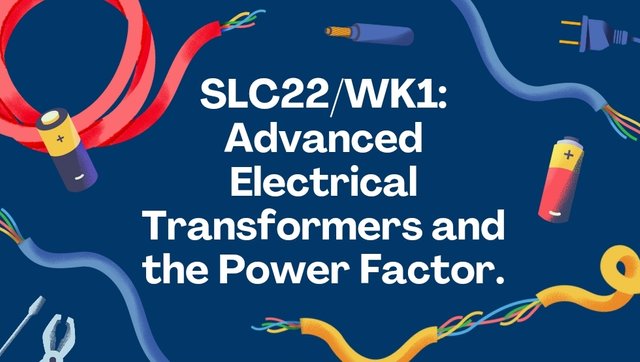
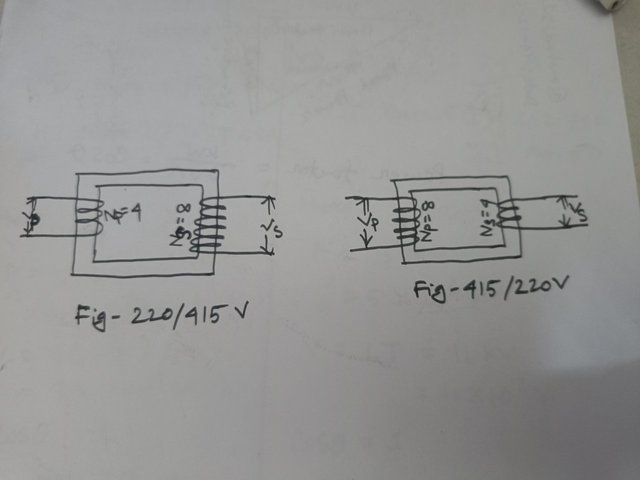
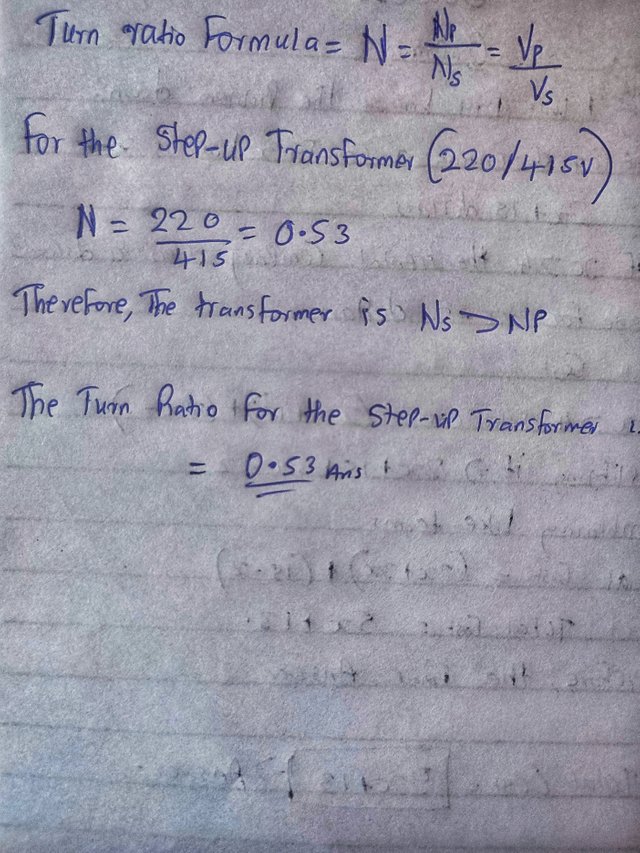
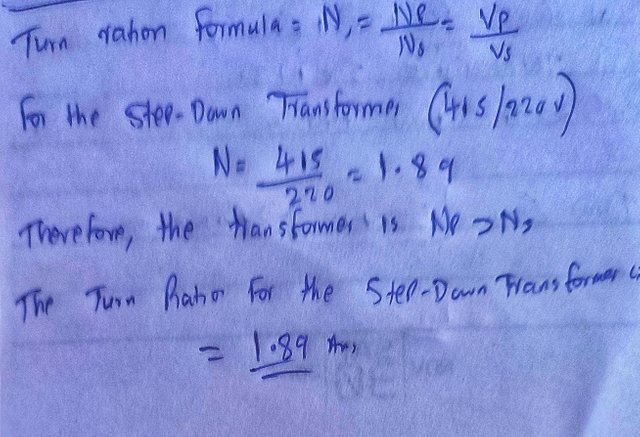
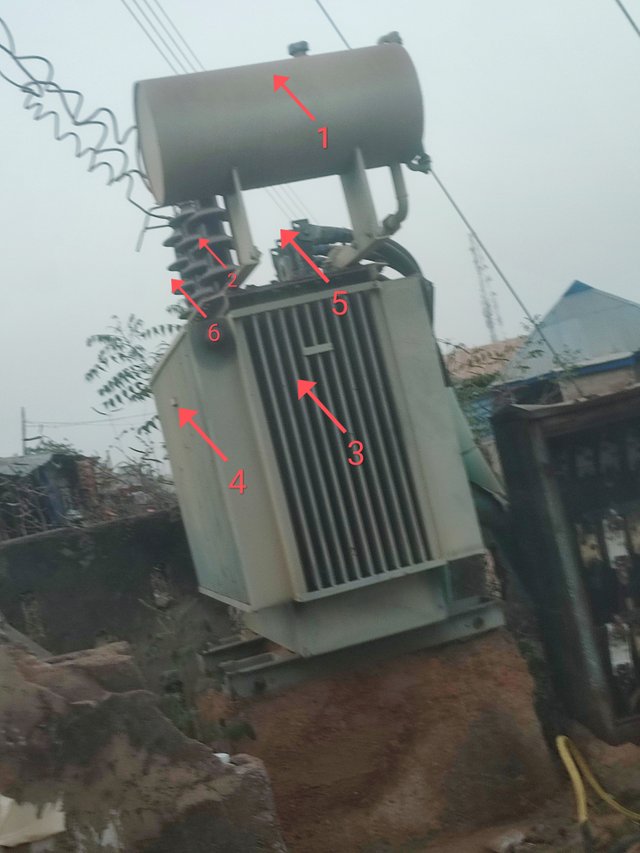
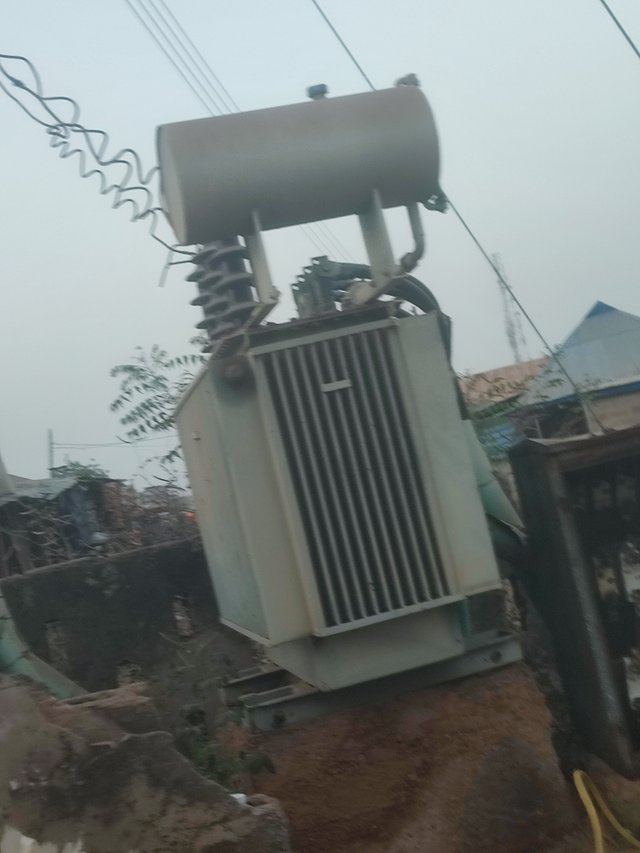
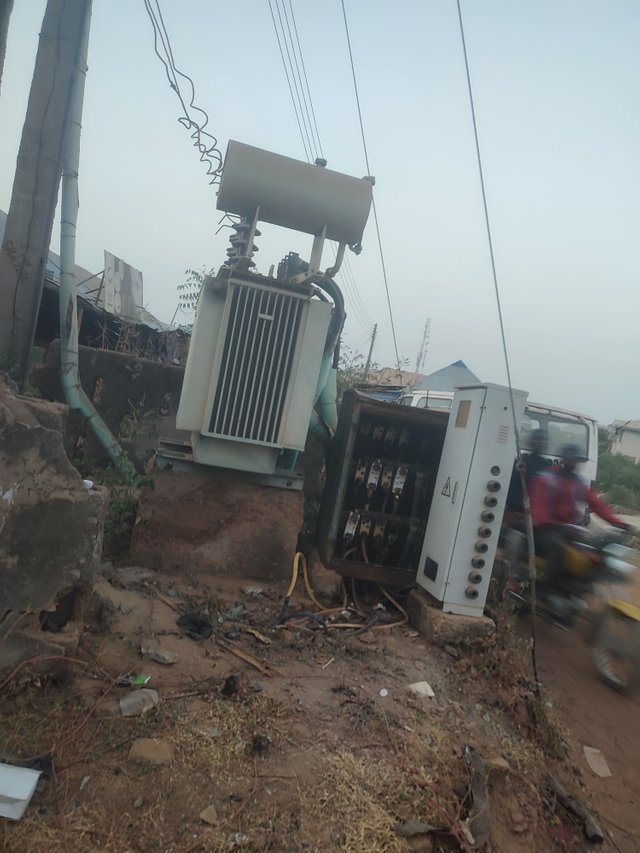
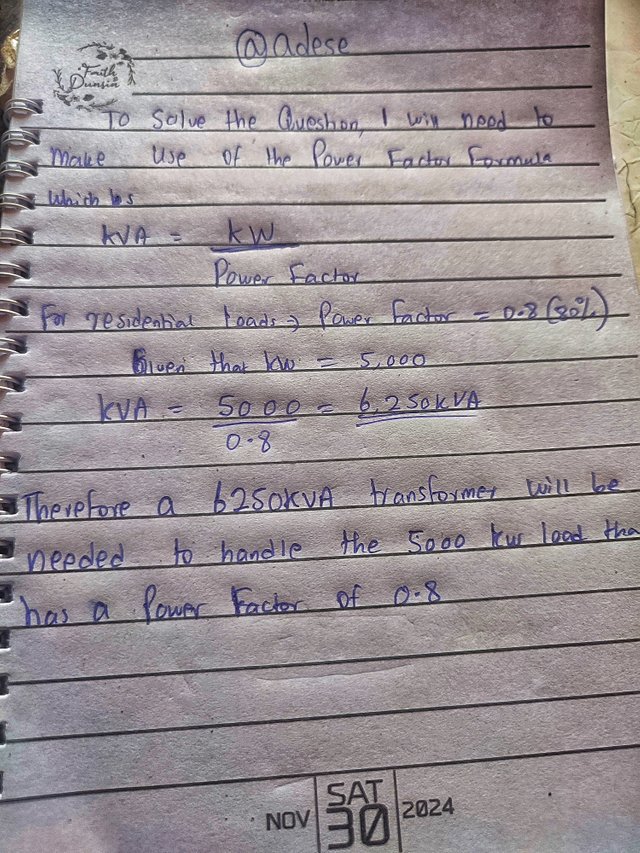
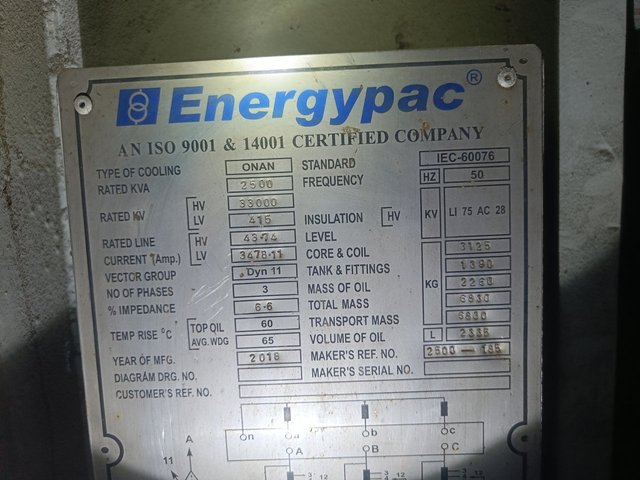
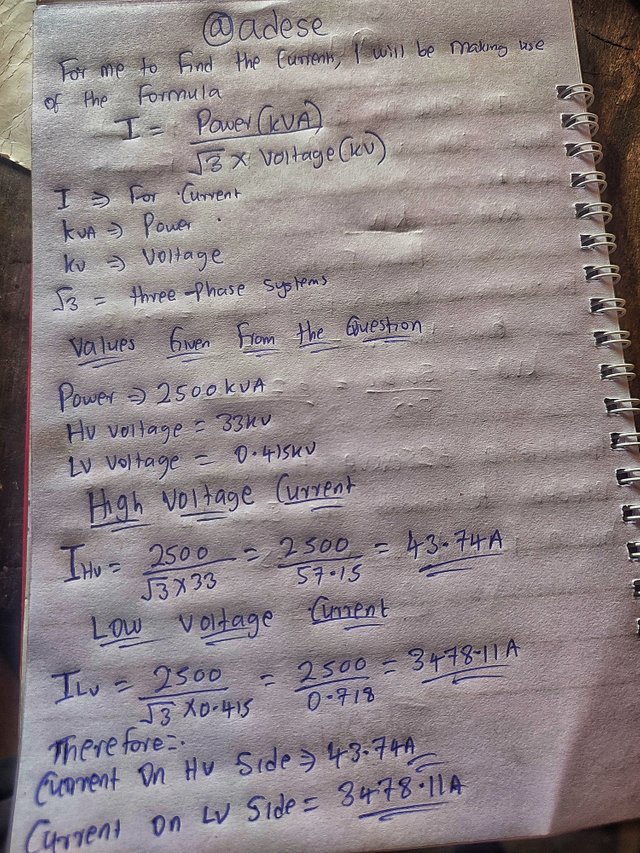
.jpeg)
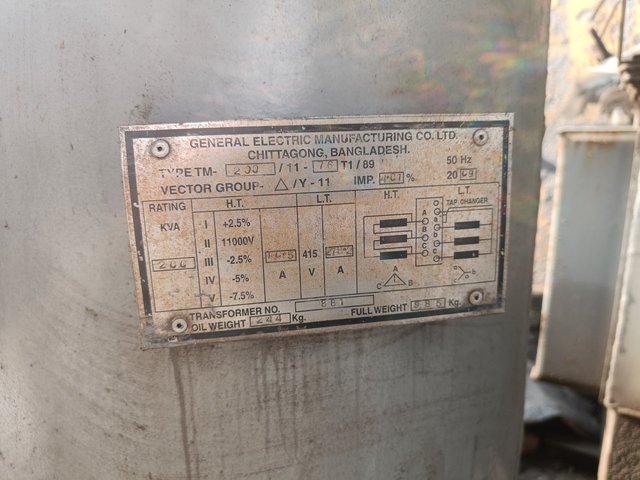
https://x.com/adenijiadeshin7/status/1869765706193186965?t=OfabgtevLWT6HdwvZJTFEA&s=19
Hi @adese, I feel like everything you have said is going over my head because electrical and electronics as well as mathematics are things I don't understand a bit. However, thank you for inviting me. I wish you success in this competition.